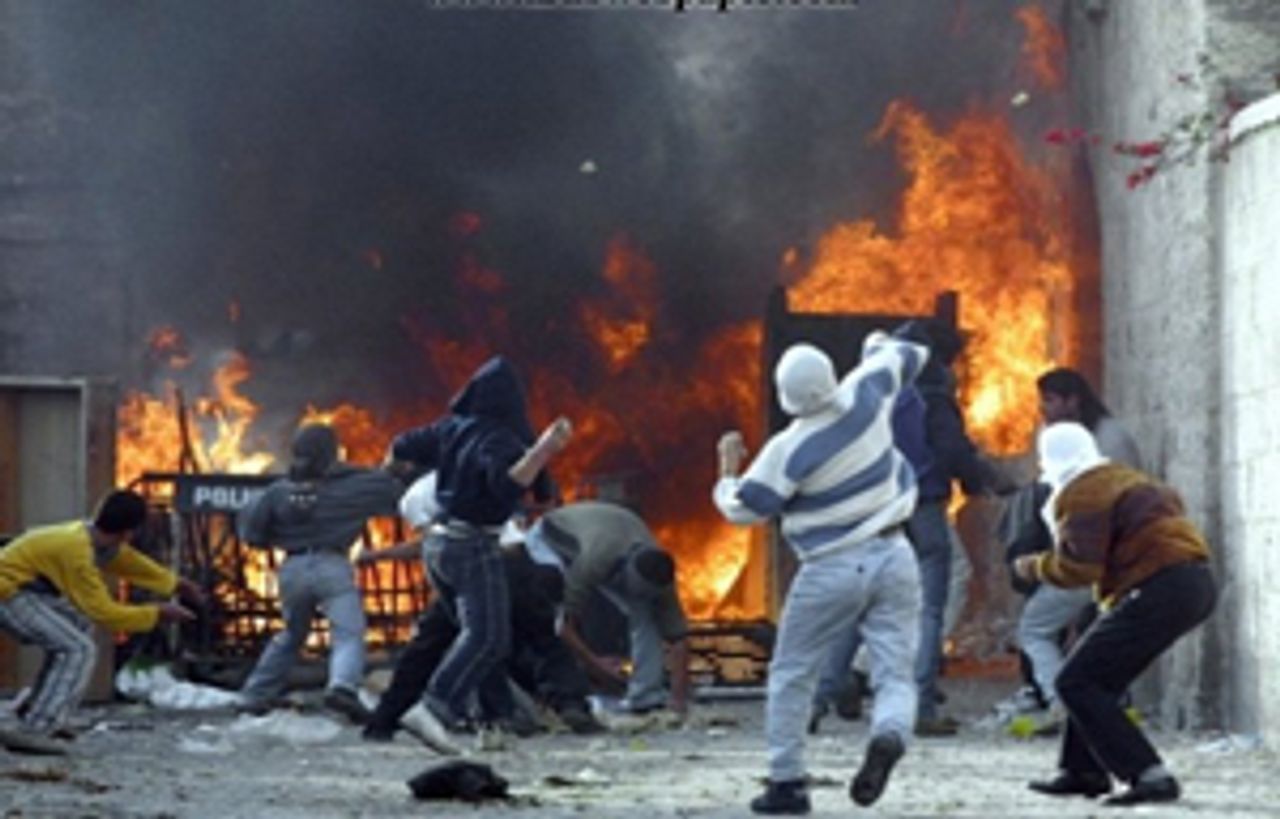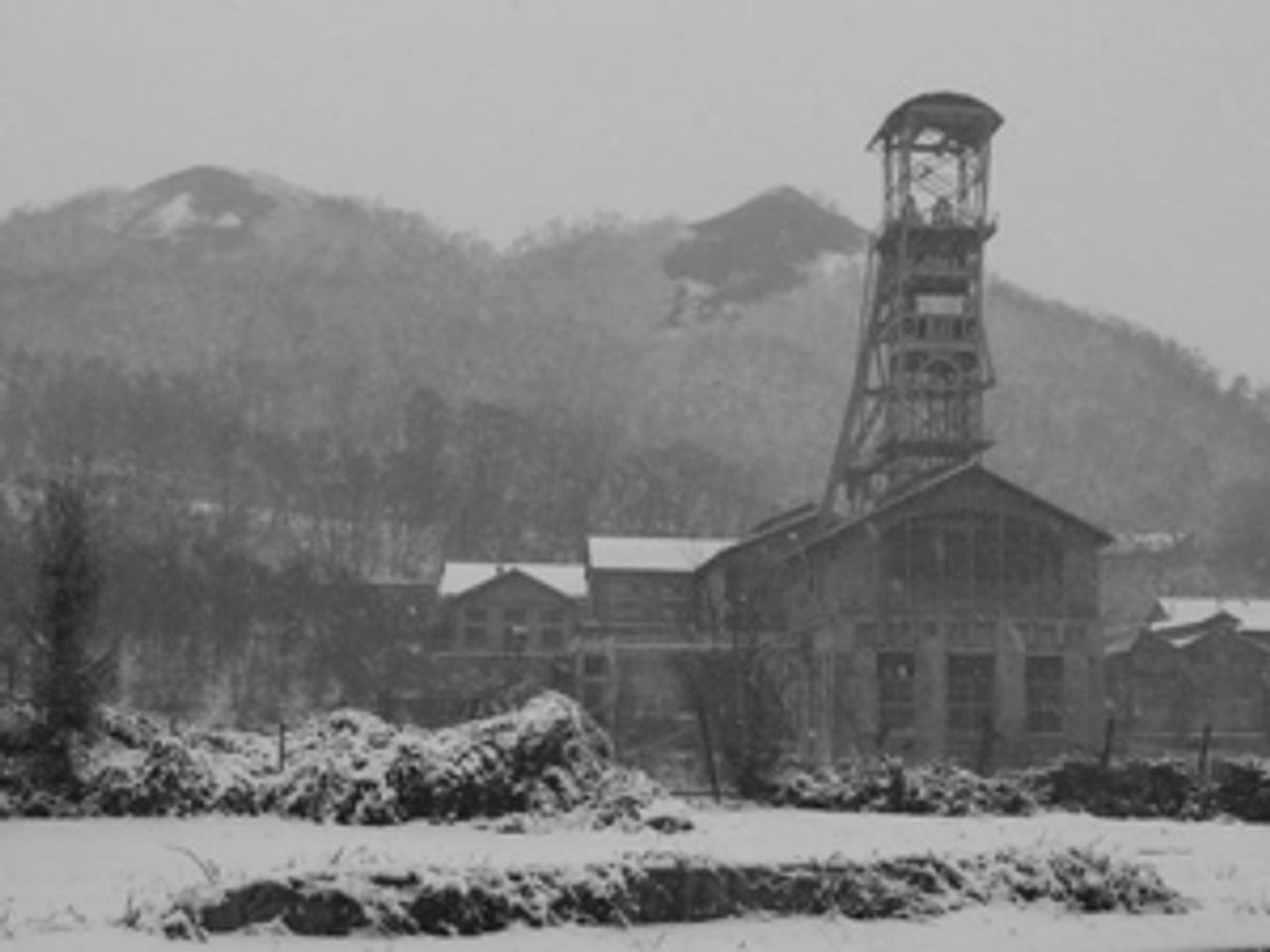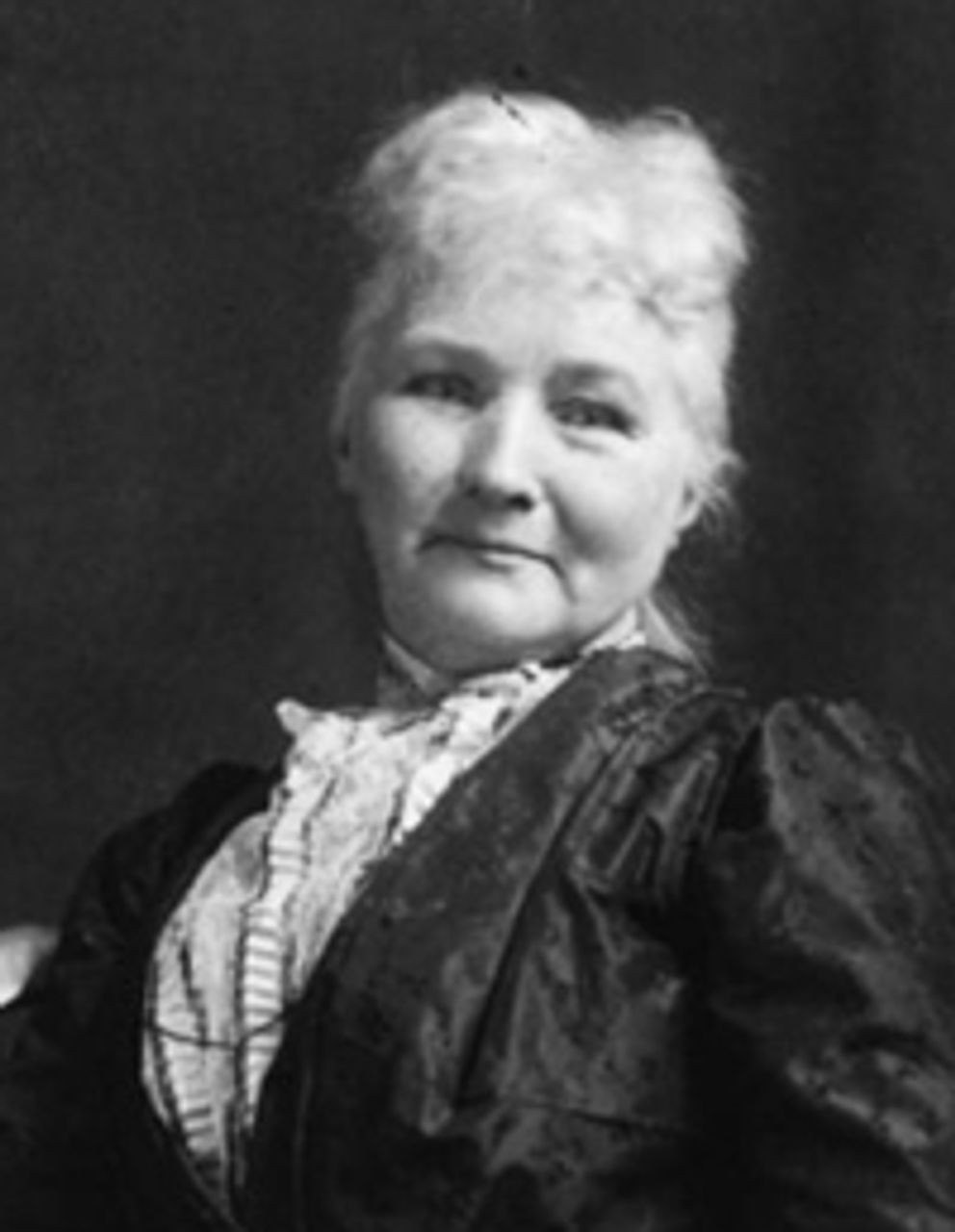This Week in History provides brief synopses of important historical events whose anniversaries fall this week.
25 Years Ago | 50 Years Ago | 75 Years Ago | 100 Years Ago
25 years ago: Palestinian uprising enters fourth month
 The intifada
The intifadaThe uprising in occupied Palestine, known by its Arabic name as the intifada, entered its fourth month on March 9, 1988. Two more Palestinians were shot, bringing the death toll to at least 85 since the outbreak of the rebellion three months earlier. Roads were barricaded with rocks and burning tires by angry youth who paraded with Palestinian flags. The PLO called a general strike in Gaza and the West Bank in response to the imposition of a curfew by the Israeli authorities.
One of the youth was shot by an Israeli settler and the other, an 18-year-old, by Israeli military forces in the West Bank village of Silwad, near Ramallah, during a demonstration where protesters threw stones at soldiers.
US Secretary of State George Shultz visited Israel the previous week, only serving to inflame the anger of Palestinian demonstrators. On March 5, Shultz announced the delivery of a “peace plan” to Israel, Jordan, Syria and Egypt. Neither Israel nor the US would talk directly with the PLO. Inside Israel, Prime Minister Yitzhak Shamir blocked an attempt by foreign minister Shimon Peres to put the US plan to a vote.
50 years ago: French coal miners defy de Gaulle
 Couriot Mines, closed 1973
Couriot Mines, closed 1973Striking coal miners of France’s nationalized coal industry defied two back-to-work orders from the government of President Charles de Gaulle this week in 1963. The strike involved 200,000 miners and mine employees and was effective in coal districts across the nation, including in the important coal regions of northern France and Lorraine. The miners, who walked off the job on March 1, demanded an 11 percent wage adjustment on their daily pay of $3.60. By issuing a back-to-work order on March 4, de Gaulle added the issue of the right to strike to the demands. Prime Minister Georges Pompidou reiterated the order on March 6.
Defying a back-to-work decree entailed fines, job losses, and imprisonment. But the French government found itself impotent. “Officials appeared to be at a loss as to what to do to extricate themselves from an embarrassing situation,” wrote the New York Times after the miners rejected the second back-to-work order. “The miners’ front was more solid than ever. Its solidarity was augmented by support from a wide sector of opinion.” Elected representatives of the mining regions “sought desperately for a face-saving formula.”
De Gaulle had anticipated that the strike would last only 48 hours, as the biggest union representing the miners—that affiliated with the General Confederation of Labor (CGT), dominated by the Stalinist French Communist Party (PCF)— “had been reluctant to start a strike for longer than this period,” the Times reported. But the CGT and PCF, along with Socialist Party and Catholic-affiliated unions, could not block the miners’ demands.
The strike lasted until early April when the miners agreed to an 8 percent pay increase by the following October and 12.5 percent within one year.
75 years ago: Third Moscow frame-up trial hears confessions from defendants
 Nikolai Krestinsky
Nikolai KrestinskyDuring the week beginning March 4, 1938, the third Moscow show trial continued with a cavalcade of lies and “evidence” that was fabricated and at times contradictory. The testimony at the trial consisted of nothing except confessions extracted under extreme mental duress and severe physical torture.
During the opening day of the trial, one of the defendants, Nikolai Krestinsky, was brave enough to derail the choreographed proceedings by repeatedly refusing to admit his guilt. The next day Krestinsky withdrew his protests after he appeared in court having been subject to “special measures,” which brought about the dislocation of his shoulder.
The Times of London reported that after the first couple of days it was obvious that the trial was being divided into three parts; the first to demonstrate the existence and aims of a conspiratorial centre of Trotskyism and rightist elements; the second to connect this first supposed group of conspirators with disloyal elements within the Soviet military apparatus; and the third to claim the defendants had engaged in a program of extensive espionage, sabotage and assassination.
Two whole days of court proceedings were given over to the testimony of the former Counsellor of the Russian Embassy in Berlin, Besonov. His trumped-up evidence was designed to show a connection between Leon Trotsky as to what the Times luridly termed “the central spider of the treason web” and Rykov, leader of the right faction. The latter gave voluble testimony that traced the supposed stages through which the rightist elements passed on their route towards the “Trotskyist conspiracy.”
The naked nature of the frame-up became somewhat obvious when Besonov categorically told the court that he had sent Trotsky correspondence from Krestinsky and even received a reply from the Soviet exile, who allegedly told them to go ahead with their plan for a coup d'etat to depose Stalin. However, on the dates insisted upon by Besonov, Trotsky was incommunicado aboard an oil tanker travelling across the Atlantic with his wife Natalya to exile in Mexico. Under police escort, Trotsky was prevented from using the ships wireless or telegram.
The Times reporter could not help but note how much of the testimony by the defendants was given without so much as a modicum of conviction. He described Rakovsky's testimony that Trotsky was a British spy as “puerile and fantastic.” Neither could he ignore how Bukharin denied being a spy and throughout failed to admit to any specific charge.
100 years ago: Mother Jones and strikers charged with murder
 Mother Jones
Mother JonesOn March 10, 1913, 80-year-old Mary Harris Jones, known as “Mother Jones,” was charged with murder and conspiracy to commit murder. Jones, hired by the United Mine Workers of America (UMWA) in 1900, was known as “the most dangerous woman in America” for her successes at organizing coal miners.
Coal miners had gone on strike for higher wages in April 1912 in the Paint Creek district of West Virginia, but negotiations broke down between the Kanawha Coal Operators Association (KCOA) and the UMWA in April 1912. The company evicted strikers from company-owned houses, employed non-union workers as miners and hired armed guards. The striking miners responded by attacking the guards and the non-union workers.
The violence escalated when Mother Jones convinced Cabin Creek workers to join the strike at Paint Creek in August 1912.
Attempting to suppress the strike, Governor Glasscock declared Cabin Creek and Paint Creek in a “state of war” and imposed martial law. Civilians involved in the strike were prosecuted over the ensuing seven months by military commission. Jones, along with 47 civilians, was charged with conspiracy "to inflict bodily injury ... with intent to maim, disfigure, disable and kill," as well as with the murder of two non-union workers, W. R. Vance and Fred Bobbitt. Jones and her co-defendants were also charged with being accessories after the fact for allegedly having assisted those who had killed Vance and Bobbitt to escape.
The charges against the strikers were based on an incident on February 9-10, 1913 when around 50 armed strikers fought with guards and non-union workers. Strikers attempted to seize the machinegun manned by the guards in Mucklow and in doing so, killed Bobbitt and Vance. Though not present at the fight, which involved around 150 strikers and guards, Jones was charged as a conspirator because in her speeches she had exhorted strikers to “get their guns and shoot them to hell.”
